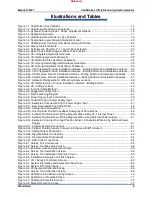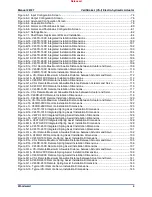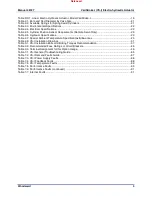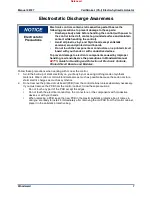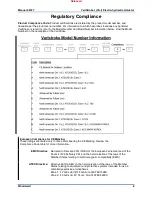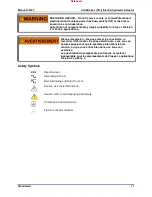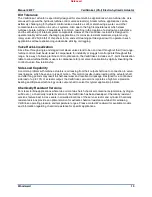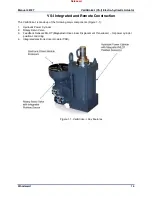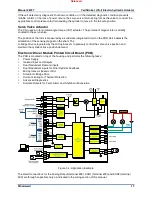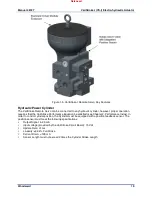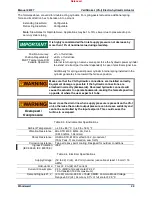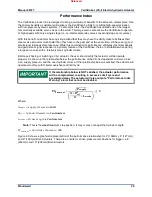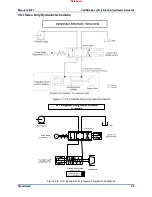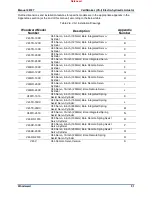
Manual 26727
VariStroke-I (VS-I) Electro-hydraulic Actuator
Woodward
16
Hydraulic Power Cylinder
The simple and robust design of VS-I hydraulic cylinder (Figure 1-3) is capable of consistent performance
for extended periods in challenging environments. Hydraulic cylinder is designed to operate in wide range
of hydraulic pressures and with high oil contamination. The actuation stroke range can be adjusted
precisely using PC service tool allowing the same actuator to accommodate a variety of strokes.
The hydraulic power cylinder is designed to be field replaceable in turbine shut down condition.
Figure 1-3. Hydraulic Power Cylinder - Stroke Adjustment Options
Rotary Servo Valve
The servo valve has four ports: Supply, two Control Ports, and Drain/Tank. With the hydraulic valve in its
middle position, all ports are blocked. As the valve rotates, the supply is connected to a control port while
simultaneously connecting the drain to the other control port. The combined action of the servo position
controller and cylinder position controller modulate the power cylinder position as necessary to match the
input demand.
Additionally, the Remote Servo has an OVBD (Over Board Drain) port which is permanently connected to
drain. This port can (optionally) be connected to the OVBD connection on Hydraulic Power Cylinder to
drain any leakage pass the primary rod seal.
A unique function of the software is a periodic, symmetrically opposed impulse which flushes silt and
debris from the servo valve without causing undue wear called “Silt Buster”. At the interval and amplitude
selected by the user, this function provides a very rapid motion of the hydraulic valve allowing any silt to
be flushed to the drain passage. This motion is followed immediately by a step of equal amplitude in the
opposite direction. The opposing symmetry of the impulse results in no net change in fluid volume to the
controlled servo valve, and thus does not interrupt the control of the turbine. This unique function provides
a higher degree of stability, reliability, and silt resistance.
Released


